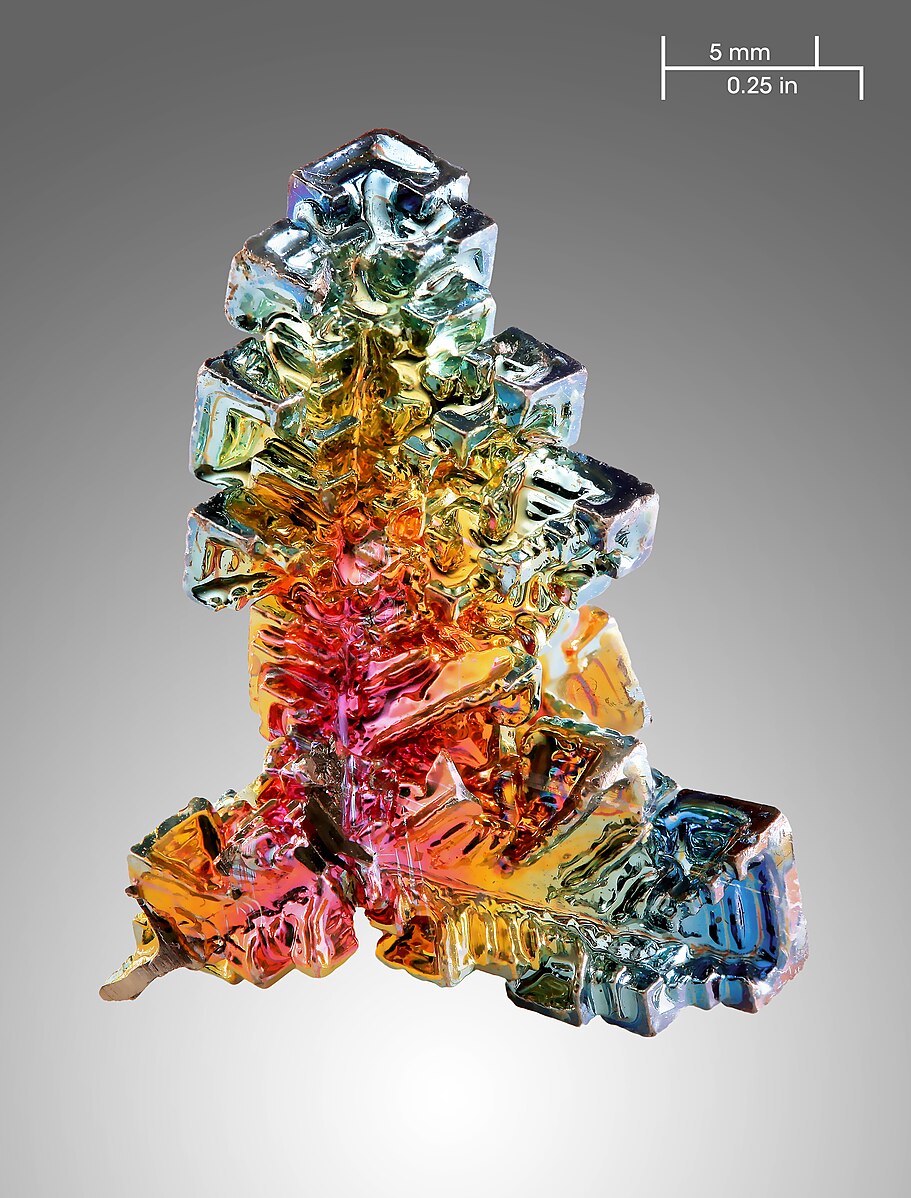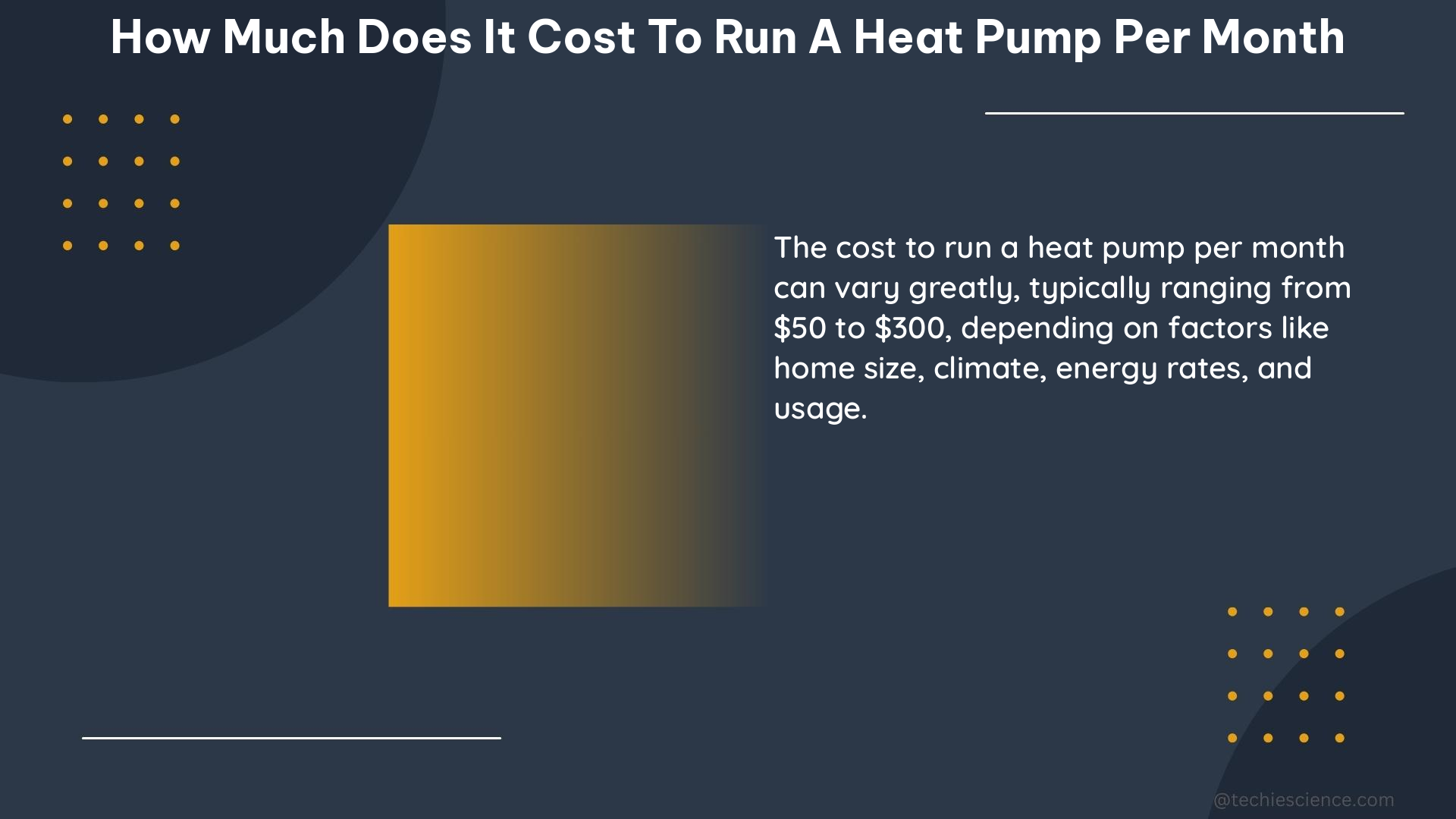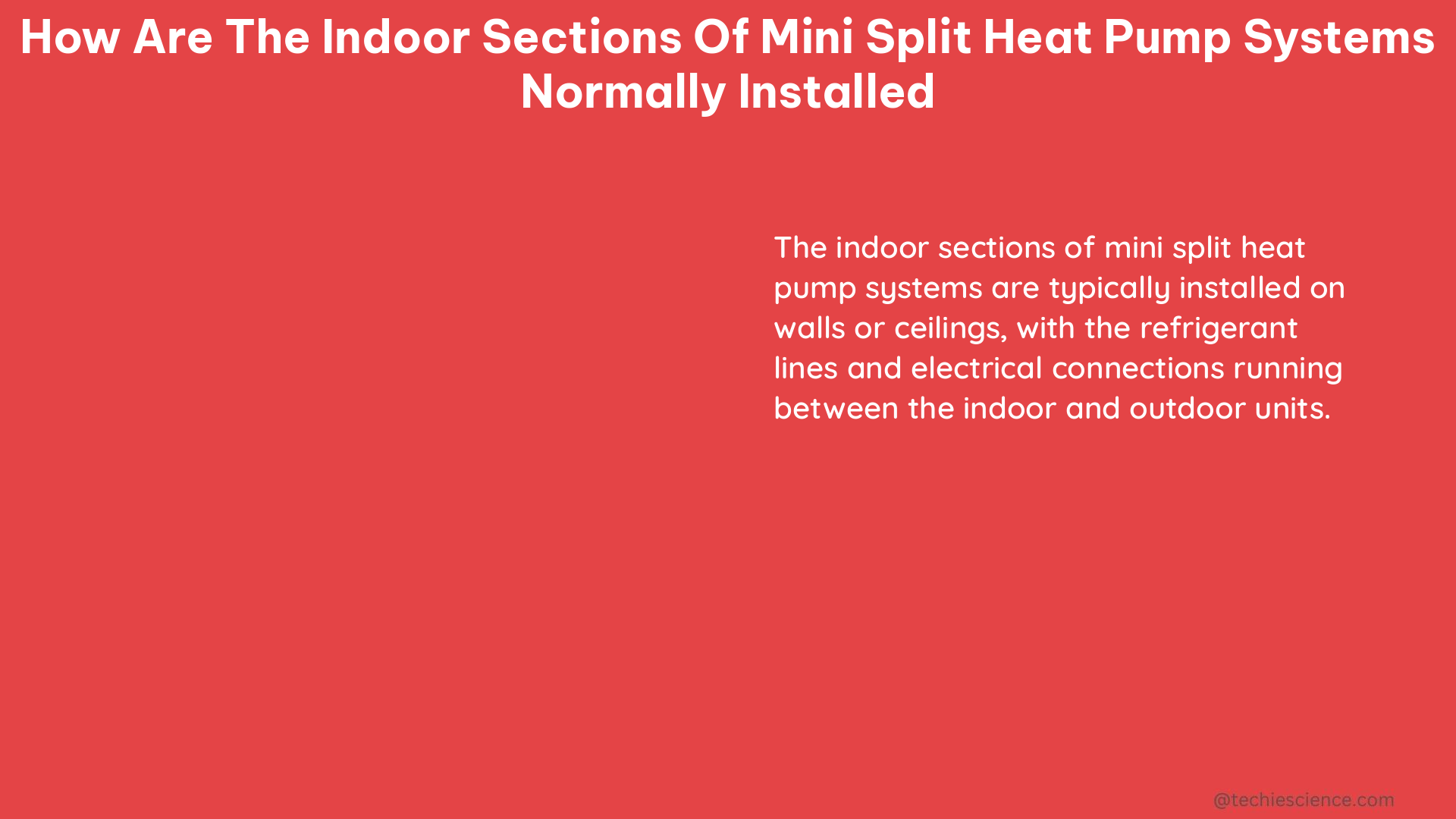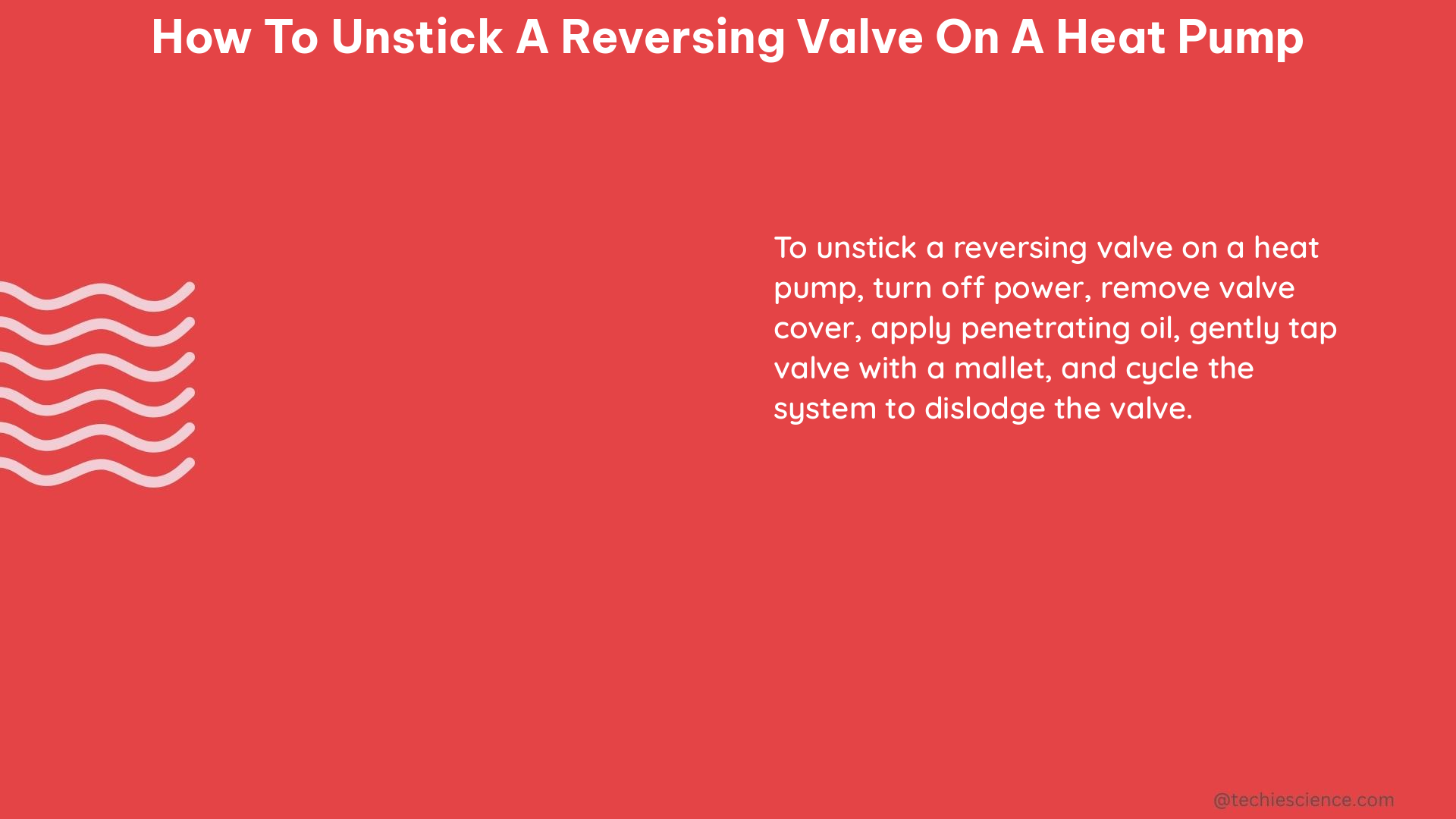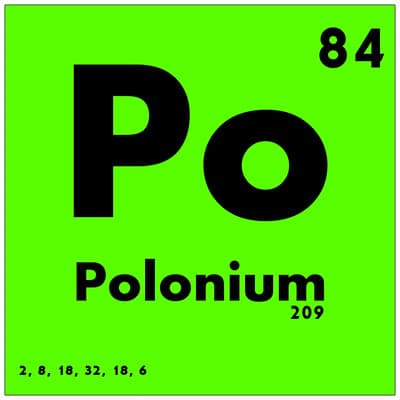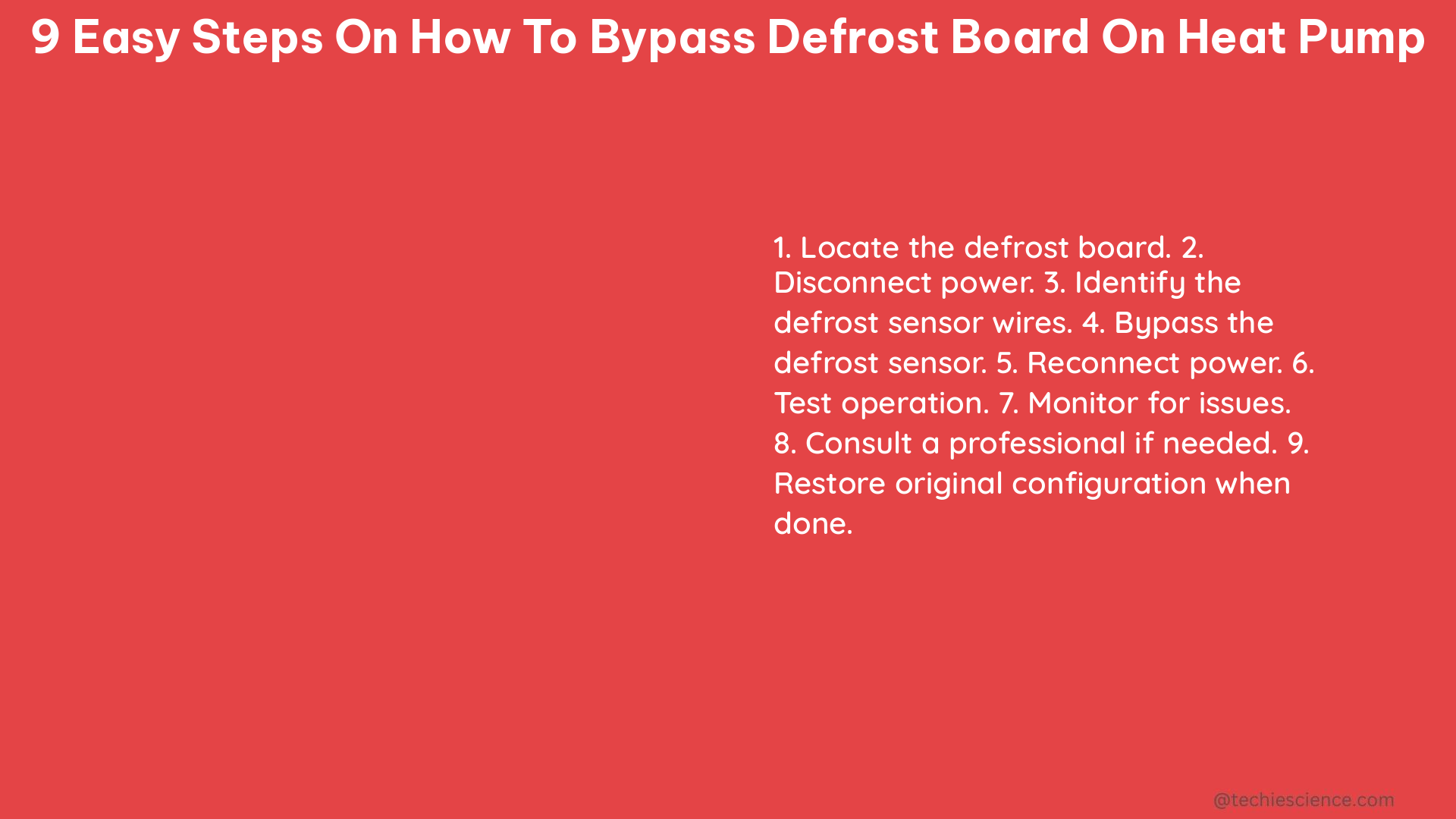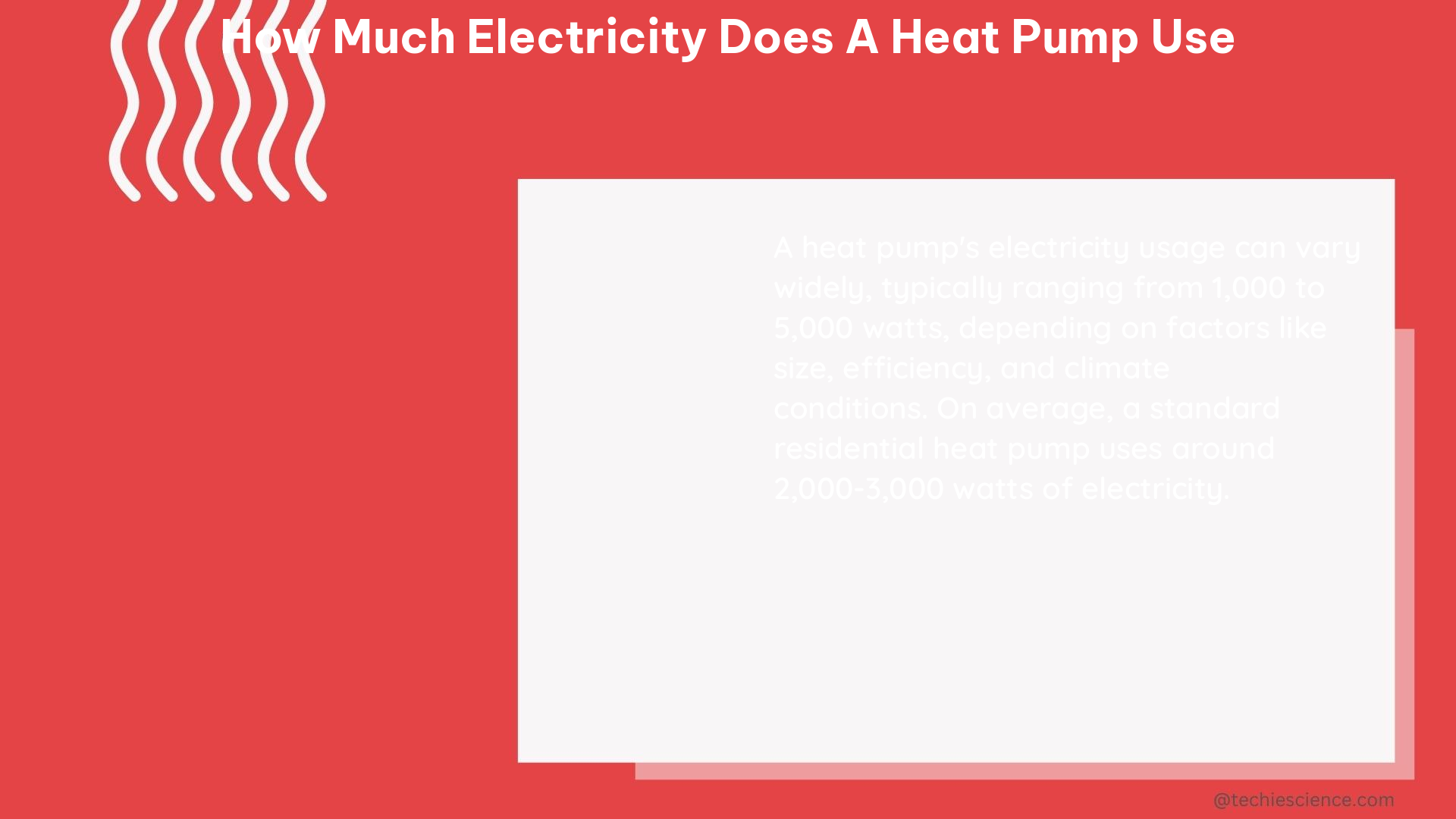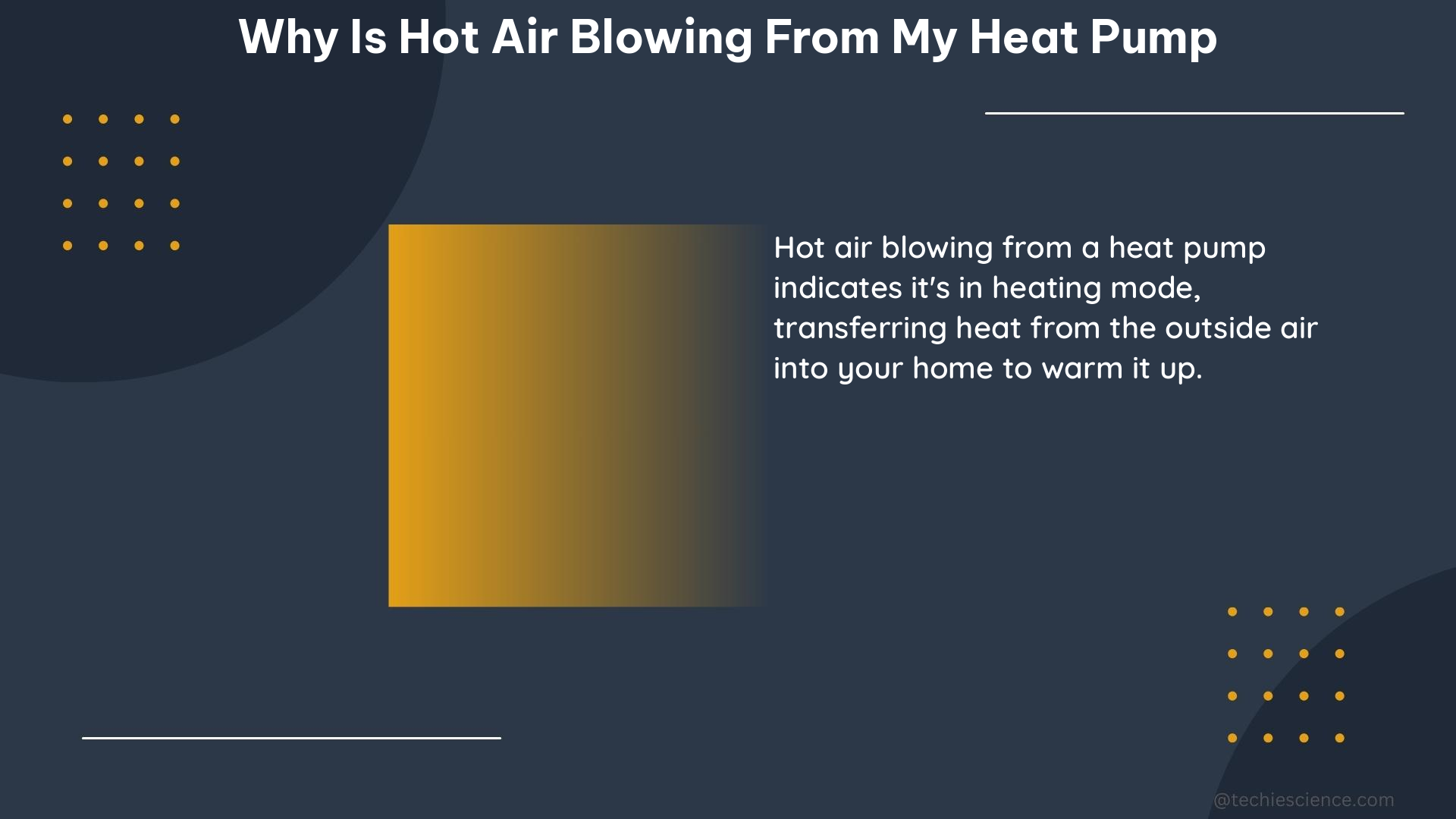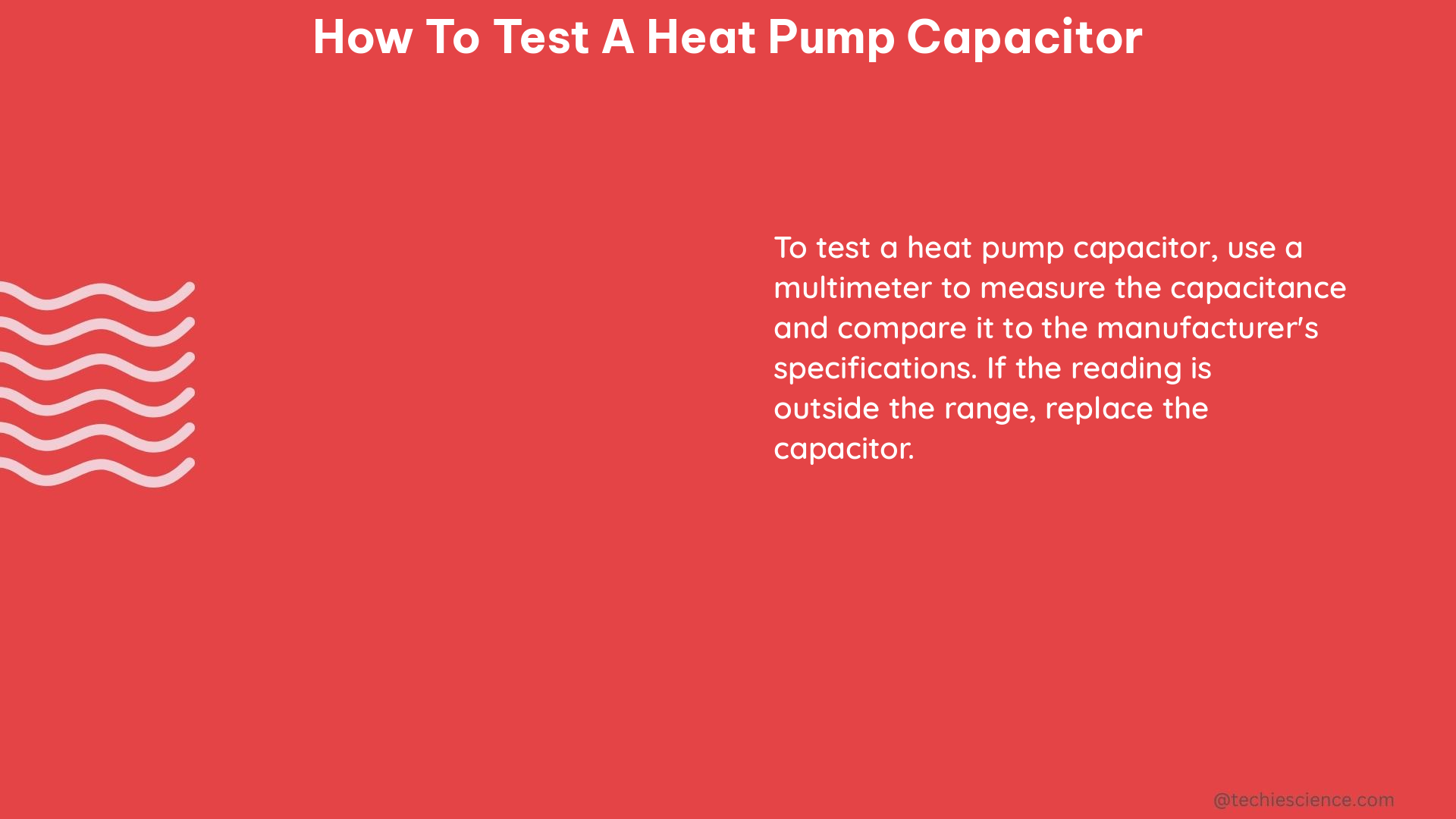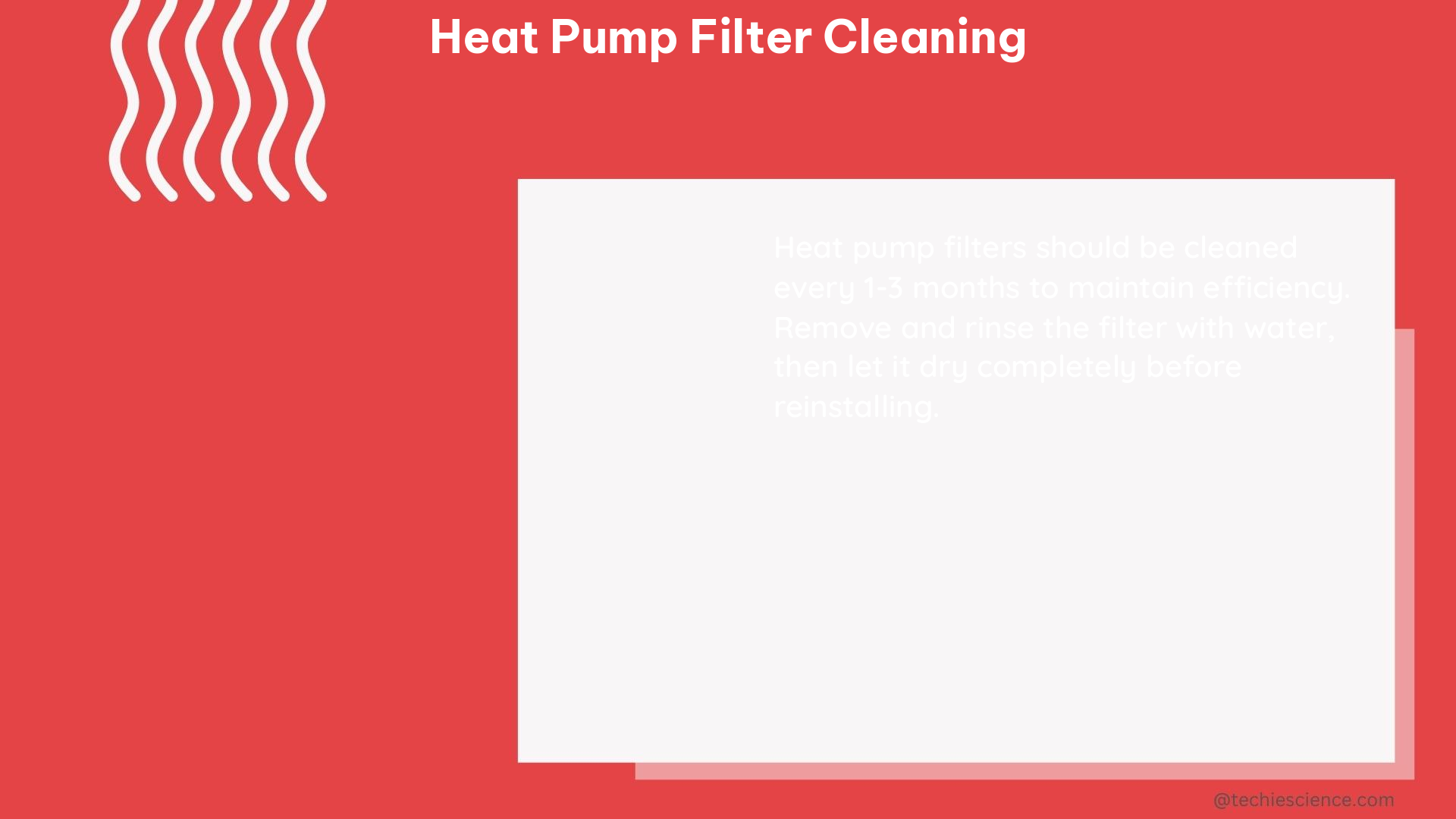The cost to run a heat pump per month can vary greatly depending on several factors, including the size of the heat pump, the efficiency of the unit, the local cost of electricity, and the climate where the heat pump is being used. This comprehensive guide will provide you with a detailed breakdown of the factors that influence the monthly cost of running a heat pump, as well as practical tips to help you optimize your energy usage and reduce your heating and cooling expenses.
Understanding Heat Pump Energy Efficiency
The energy efficiency of a heat pump is a crucial factor in determining its monthly operating costs. The Energy Efficiency Ratio (EER) and Coefficient of Performance (COP) are two commonly used metrics to measure a heat pump’s efficiency.
Energy Efficiency Ratio (EER)
The EER is a measure of the heat pump’s cooling efficiency, and it is calculated by dividing the cooling capacity (in BTU/h) by the power input (in watts). According to Energy Star data, a well-designed water-to-water, closed-loop heat pump can have an EER between 16 and 19 BTU/watt-hour.
For example, a 5-ton heat pump system producing 60,000 BTU of heat per hour would consume approximately 3.2 to 3.8 kW of electricity.
Coefficient of Performance (COP)
The COP is a measure of the heat pump’s heating efficiency, and it is calculated by dividing the heating capacity (in BTU/h) by the power input (in watts). High-efficiency heat pumps can have COPs of 4 or higher, meaning they can produce 4 units of heat for every 1 unit of electricity consumed.
Real-World Heat Pump Energy Usage Data

To get a better understanding of the actual energy usage of heat pumps, let’s look at some real-world data points:
-
A user reported using 2,500 kWh per month with a 3-ton ducted heat pump in a 2,800 sq ft house, keeping the whole house at 22°C (72°F) and the detached garage above 0°C (32°F) with electric heat, at an average outdoor temperature of 0°C (32°F).
-
Another user reported using 11,000 kWh to heat a house with four zones of Mitsubishi mini-split heat pumps, which have COPs of 4 and up.
Calculating the Monthly Cost of Running a Heat Pump
To calculate the monthly cost of running a heat pump, you can use the following formula:
Monthly Cost = Energy Usage (kWh) × Cost per kWh
For example, if the cost per kWh is $0.165 and the heat pump uses 2,500 kWh per month, the monthly cost would be:
2,500 kWh × $0.165/kWh = $412.50 per month
It’s important to note that the actual cost can vary depending on the factors mentioned earlier, such as the size and efficiency of the heat pump, as well as the local electricity rates.
Strategies to Reduce Heat Pump Energy Costs
To help lower the monthly cost of running a heat pump, consider the following strategies:
-
Improve Home Insulation: Ensure your home is well-insulated to reduce the heating and cooling load on your heat pump, which can significantly lower energy consumption.
-
Wear Warm Clothing: Dress in layers and use blankets to stay warm, reducing the need for excessive heating.
-
Use a Heated Blanket: Heated blankets can provide targeted heating, reducing the demand on your heat pump.
-
Utilize Space Heaters: For localized heating, space heaters can be a more energy-efficient option than running your entire heat pump system.
-
Choose a Cleaner Energy Provider: Consider switching to a provider like Perch Energy, which offers renewable energy options that can lower your carbon footprint and potentially reduce your electricity costs.
-
Maintain Your Heat Pump: Regular maintenance, such as cleaning the air filters and coils, can help ensure your heat pump is operating at peak efficiency.
-
Upgrade to a More Efficient Heat Pump: If your current heat pump is old and inefficient, consider upgrading to a newer, more energy-efficient model, which can significantly reduce your monthly energy costs.
By understanding the factors that influence the cost of running a heat pump and implementing these energy-saving strategies, you can optimize your heat pump’s performance and minimize your monthly energy expenses.
